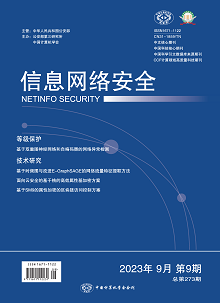With the development of intelligent automobile industry, the security of Internet of Vehicles(IoV) has important application significance and development prospect, and identity authentication is the first gate of IoV security. At present, researches on identity authentication protocols for IoV focus on the initial authentication and batch authentication process between two entities in IoV, and insufficient attention is paid to protocols for inter-entity handover authentication process, and most of the existing handover authentication protocols are designed based on blockchain. In view of the above situation, this paper used elliptic curve encryption and Chinese remainder theorem and secret value sharing technology to propose a vehicle-to-road handover authentication protocol based on Chinese remainder theorem secret sharing without the use of blockchain technology, so as to realize mutual initial authentication and handover authentication between vehicles and roadside units, and improve the authentication efficiency of vehicle handover authentication in roadside unit groups. The correctness of the protocol was proved by theoretical derivation, and the semantic security of the protocol was proved by random oracle model. Finally, the performance of the protocol was analyzed in three aspects: security, computation cost and communication cost, and the performance was compared with that of other protocols. The results show that with the increase of the number of handover authentication, the accumulative computation cost and communication cost of the protocol increase more slowly than that of other protocol, and the resource consumption is lower.

